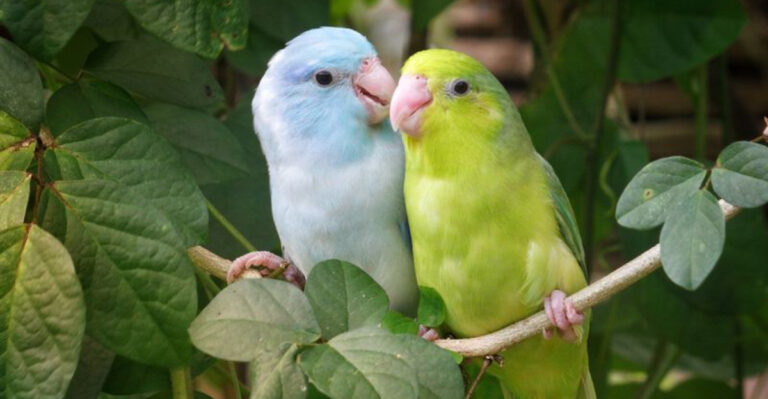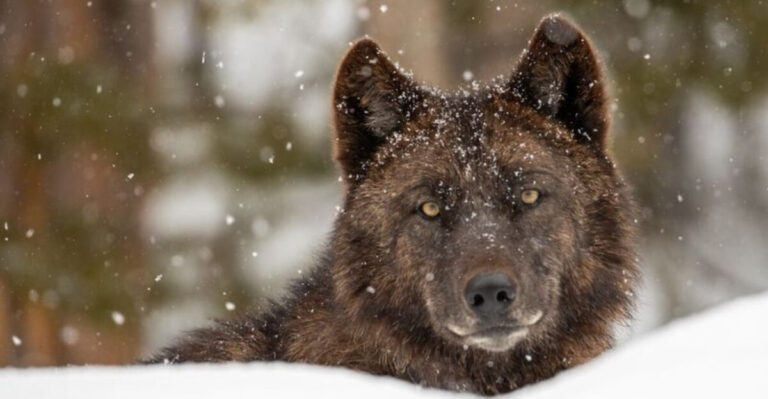16 Common Dog Behaviors That Are Often Misunderstood By Owners

Dogs communicate with us through their behaviors, but sometimes, we misinterpret their actions or assume they mean something they don’t. This can lead to confusion, frustration, or even unintentional mistreatment.
From wagging tails to excessive barking, many common dog behaviors are often misunderstood by owners.
Understanding what these behaviors really mean can improve your relationship with your dog, enhance training, and ensure their well-being. Let’s talk about the most common dog behaviors that are frequently misinterpreted and explain what they actually signify.
1. Tail Wagging

A wagging tail doesn’t always mean a happy dog. Sometimes, it’s a sign of anxiety or fear. Dogs use their tails to communicate a range of emotions and intentions. It’s essential to look at the whole body language, not just the tail. Notice the stiff or rapid movements; they may indicate stress or alertness.
2. Barking

Barking can mean more than just a ‘hello!’ It’s a complex form of communication that can signal excitement, alarm, or even boredom.
Pay attention to the context and pitch. A high-pitched bark may mean playfulness, while a low, growling bark might indicate aggression or warning. Understanding this helps in responding appropriately.
3. Chewing

Chewing isn’t just a destructive habit. It’s a natural behavior for dogs, especially puppies, and helps them explore the world. It can also relieve stress or boredom.
Providing appropriate chew toys can save your shoes and furniture. Remember, it’s not about punishment but guiding them towards acceptable objects to chew on.
4. Digging

Dogs dig for various reasons—stimulation, hunting instincts, or to cool off. For some breeds, it’s just in their DNA. Instead of getting frustrated, create a designated digging area.
This behavior is normal and can be managed with understanding and patience. Encourage digging in safe areas to prevent garden destruction.
5. Jumping Up

Jumping up can be a form of enthusiastic greeting, though not always welcome. Dogs do this to get closer to human faces, a natural behavior for them.
Train them to sit instead when greeting people. Consistency and positive reinforcement are key. This simple change can make interactions more pleasant and safe.
6. Leash Pulling

Leash pulling often frustrates owners but reflects a dog’s eagerness and energy. They just can’t wait to explore! Teaching proper leash manners takes time and patience. Consider using a harness to control pulling and provide comfort. With consistent training, walks can become more enjoyable for both of you.
7. Growling

Growling can be a misunderstood warning signal. It’s a dog’s way of saying they’re uncomfortable or threatened. Never punish a growl; it’s a crucial communication tool.
Instead, identify the trigger and address the root cause. Respecting your dog’s boundaries keeps both of you safe and strengthens your relationship.
8. Whining

Whining is more than just a plea for attention. It can indicate discomfort, anxiety, or even a health issue. Pay attention to the situation and frequency.
Sometimes, they’re asking for something they need, like a bathroom break. Understanding the context helps in addressing their needs appropriately and ensuring their well-being.
9. Panting Excessively

Excessive panting isn’t always related to temperature. It can be a sign of stress, excitement, or even a medical issue. Monitor when and why your dog is panting. If it’s not heat-related, consult a vet to rule out health concerns. Being observant can help you detect underlying problems early and act promptly.
10. Tail Tucking

A tucked tail is not just a sign of submission. It can indicate fear or anxiety, signaling a need for comfort. Pay attention to other body language cues to understand the context.
Providing reassurance and creating a safe environment helps your dog feel secure. Observing and responding appropriately can improve their confidence.
11. Rolling Over
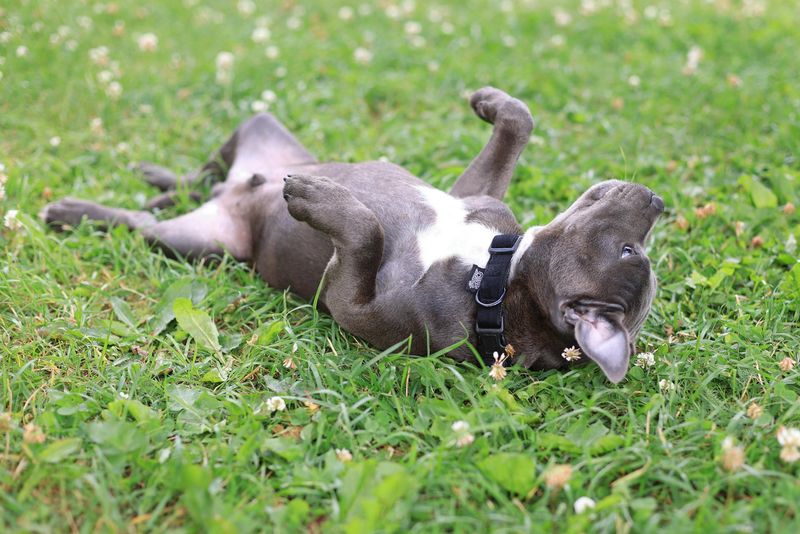
Rolling over isn’t always an invitation for belly rubs. It can be a sign of submission or trust. However, if accompanied by stiff body language, it might indicate discomfort or fear. Learn to read your dog’s signals and respect their space. Recognizing these cues fosters a stronger bond and mutual understanding.
12. Licking
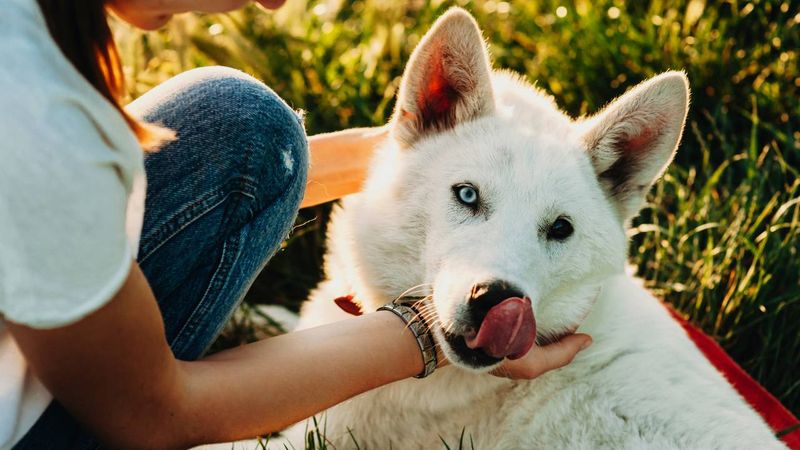
Licking is more than just affection. Dogs lick to explore, communicate, and even heal. It’s a natural way to bond, but excessive licking might indicate anxiety or health issues.
Pay attention to patterns and context. Redirect behavior if necessary, but appreciate this unique form of canine communication. It’s a wet, wonderful world they share with us.
13. Tail Chasing
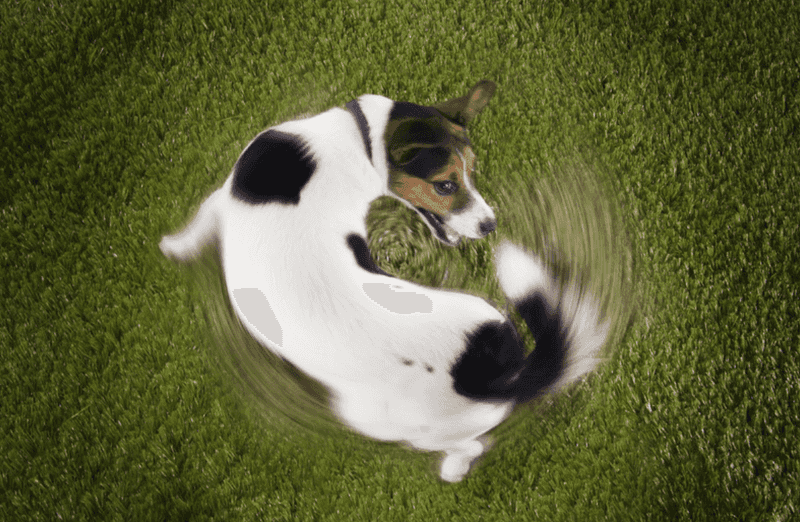
Tail chasing can be playful, but excessive chasing might signal boredom or medical concerns. Distinguish playful antics from obsessive behavior.
Engaging your dog in stimulating activities can prevent this. If it persists, consult a vet to rule out medical issues. Understanding the difference ensures your pet’s mental and physical health.
14. Pawing

Pawing is a versatile behavior used to gain attention or explore. It can be endearing, but sometimes it’s a plea for more interaction.
Responding with playtime or affection nurtures the bond. If it becomes excessive, establish boundaries. Recognizing this behavior’s purpose helps in catering to your pet’s emotional needs effectively.
15. Head Tilting

Have you ever wondered why your dog tilts its head when you talk to it? This adorable behavior is often misinterpreted as confusion. However, it is believed that dogs tilt their heads to better focus on sounds. By adjusting their ear position, they can determine the source of a noise.
Some studies suggest that this action could also be a sign of empathy, as it often occurs when a human is speaking emotionally. Regardless of the exact reasoning, head tilting is undeniably charming.
Next time your dog tilts its head, consider it a sign of its attentive nature and intelligence.
16. Zoomies

Sudden bursts of energy, where your dog races around the house or yard, are commonly referred to as ‘zoomies.’ While it might appear as though they’ve lost control, these intense sessions of running are quite normal.
Dogs, especially young ones, engage in zoomies to burn off excess energy or after a stressful event. It’s akin to a dog’s way of letting loose and experiencing joy.
If zoomies occur frequently, consider increasing your dog’s exercise regimen to balance their energy levels. Embrace these moments of uncontainable excitement—they’re a glimpse into your dog’s spirited personality.





